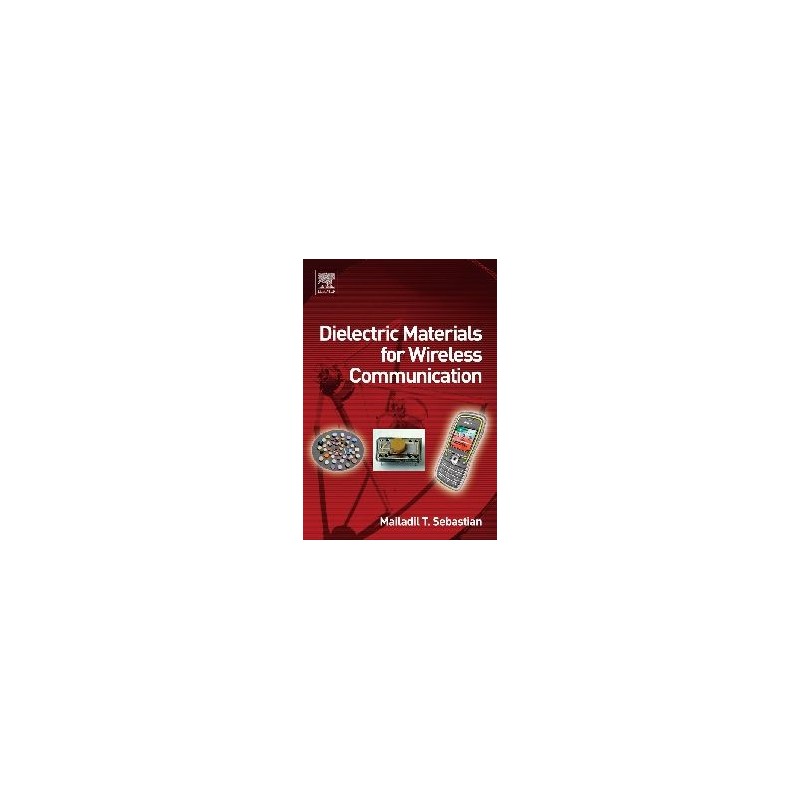- Out-of-Stock



AVT kit for mounting a 2-channel MIN-MAX thermometer with an alarm. AVT1999 B
No product available!
ROSA3D filament made of high-quality PLA granules. 0.8 kg of filament with a diameter of 1.75 mm is wound on the spool. ROSA3D PLA Starter Pink Satin
No product available!
No product available!
LAMPSOLAR-LED CONTROLLER for photovoltaics POWERED - PHOTO PLATE AND PROGRAMMED LAYOUT
No product available!
No product available!
No product available!
No product available!
Multi-channel circuit testing multimeter that uses your smartphone or tablet, through Bluetooth 4.0, as a wireless, high-resolution graphical display. Each Mooshimeter is able to safely measure 600V at 10A with 24bit resolution from up to 150 feet away. TOL-13843
No product available!
The Gearbox is a stylised educational model, an interactive study guide to the mechanism, only for learning its essentials and principles of working. A mechanical gearbox is a reducer that provides speed and torque conversions from a motor to the driving wheels. UGears 70131
No product available!
No product available!
HK NTM Prop Drive Series 28-26A 1200kv / 286w (17345)
No product available!
Thermally conductive tape used as a replacement for thermally conductive paste. They are very flexible and characterized by high compressibility. AG Termopasty ART.AGT-161
No product available!
No product available!
No product available!
No product available!
No product available!

